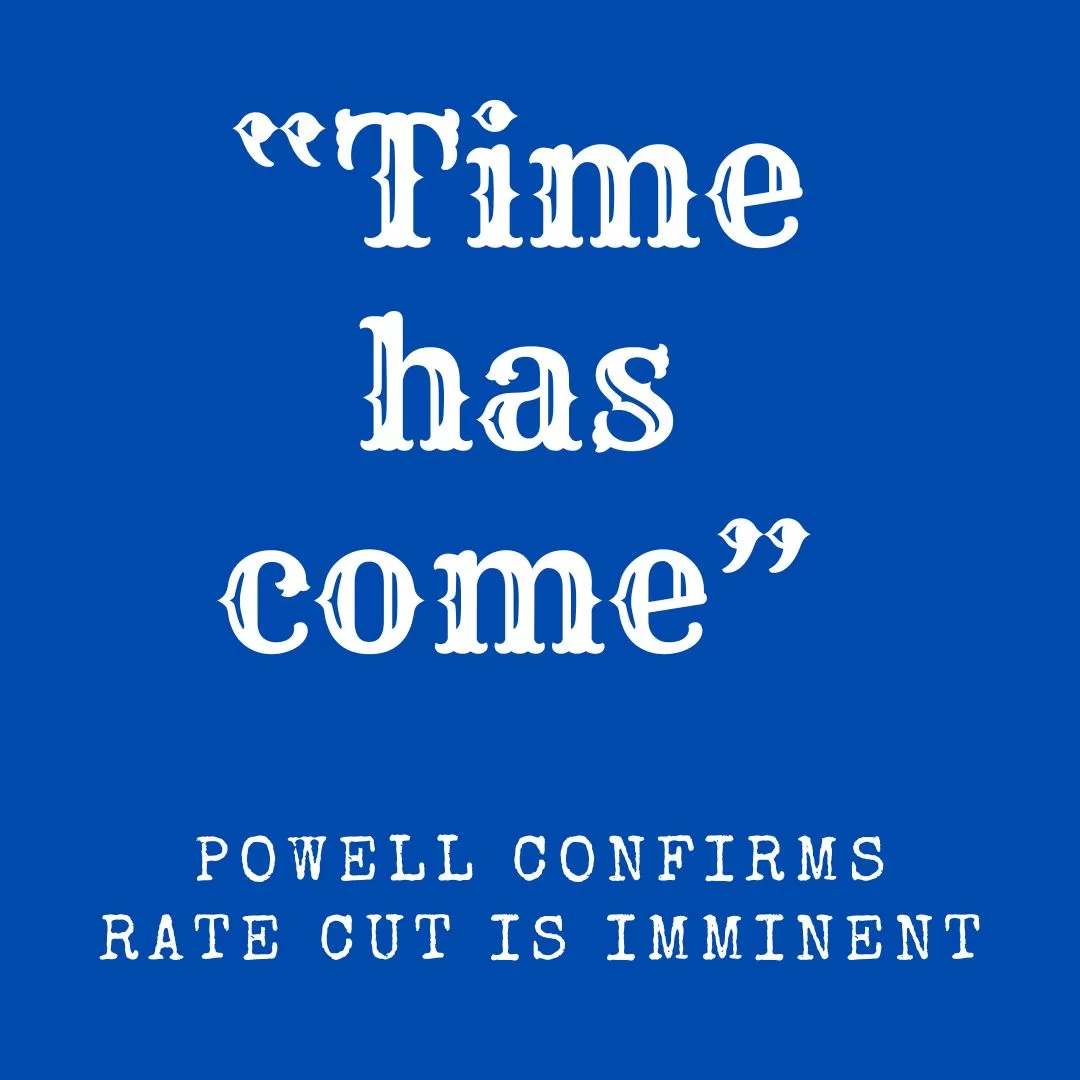
Federal Reserve Chair Jerome Powell’s announcement that “the time has come” for rate cuts marks a pivotal moment in the U.S. economic cycle. This decision, coming after a period of sustained interest rate hikes, signals a significant shift in the Federal Reserve’s monetary policy strategy. The declaration is likely a response to evolving economic conditions, including slowing growth, easing inflation pressures, and rising concerns about global economic stability. This article will explore the implications of this policy shift, the economic factors driving the decision, and potential outcomes for various sectors of the economy.
1. The Economic Backdrop: Why Rate Cuts Now?
Over the past few years, the Federal Reserve had pursued a series of rate hikes to combat rising inflation and prevent the economy from overheating. However, recent economic indicators suggest that the tide is turning. Key factors likely influencing Powell’s decision include:
- Slowing Economic Growth: GDP growth has shown signs of deceleration, with consumer spending and business investment softening. This slowdown may have prompted the Fed to consider rate cuts as a preemptive measure to avoid a recession.
- Easing Inflation Pressures: After a period of elevated inflation, recent data may show that price pressures are beginning to ease, reducing the need for restrictive monetary policy.
- Global Economic Uncertainty: Ongoing geopolitical tensions, supply chain disruptions, and slowing growth in major economies like China and Europe could have added to the Fed’s concerns about global economic stability. Time has come.
2. The Impact of Rate Cuts on the U.S. Economy
The decision to cut rates will have wide-ranging effects across the economy. Some potential impacts include:
- Stimulating Consumer Spending and Investment: Lower interest rates reduce the cost of borrowing, encouraging consumers and businesses to take out loans for spending and investment. This can help boost demand and support economic growth.
- Housing Market Revival: The housing market, which is sensitive to interest rates, could see a revival as lower mortgage rates make home purchases more affordable. This could lead to increased home sales and construction activity.
- Financial Markets Reaction: Financial markets often react positively to rate cuts, as lower rates can boost corporate profits and make equities more attractive relative to bonds. However, if the rate cuts are perceived as a sign of deeper economic troubles, market volatility could increase. Time has come.
3. Risks and Challenges: Is the Timing Right?
While rate cuts can provide a much-needed boost to the economy, they are not without risks:
- Inflationary Pressures: If the economy rebounds too quickly, or if inflation has not fully abated, cutting rates could reignite inflationary pressures, forcing the Fed to reverse course quickly.
- Asset Bubbles: Prolonged low-interest rates can lead to excessive risk-taking in financial markets, potentially inflating asset bubbles that could burst and lead to financial instability.
- Diminished Policy Tools: With rates already low, further cuts leave the Fed with less room to maneuver in the event of a more severe economic downturn.
4. The Global Context: How Will Other Central Banks Respond?
The Federal Reserve’s move to cut rates will have global repercussions. Other central banks, particularly in Europe and Asia, may face pressure to follow suit to prevent capital outflows and maintain competitive exchange rates. The coordination (or lack thereof) among central banks could influence global financial stability and economic performance.
5. Looking Ahead: What to Expect in the Coming Months
The immediate aftermath of Powell’s announcement will likely include increased market speculation about the pace and magnitude of future rate cuts. The Fed’s communication strategy will be crucial in managing expectations and preventing market overreaction. Key indicators to watch include:
- Future Fed Statements and Economic Projections: Any hints about the Fed’s longer-term view on rates will be closely scrutinized by investors and economists.
- Economic Data Releases: Upcoming data on inflation, employment, and GDP will play a critical role in shaping the Fed’s actions and market expectations.
Conclusion:
Jerome Powell’s declaration that “the time has come” for rate cuts represents a turning point in U.S. monetary policy. While the move is likely aimed at sustaining economic growth in the face of rising uncertainties, it also carries risks that must be carefully managed. The Federal Reserve’s ability to navigate this delicate balancing act will be crucial in determining the trajectory of the U.S. and global economies in the coming years. As always, the Fed’s actions will be closely watched, with profound implications for markets, businesses, and consumers alike.
